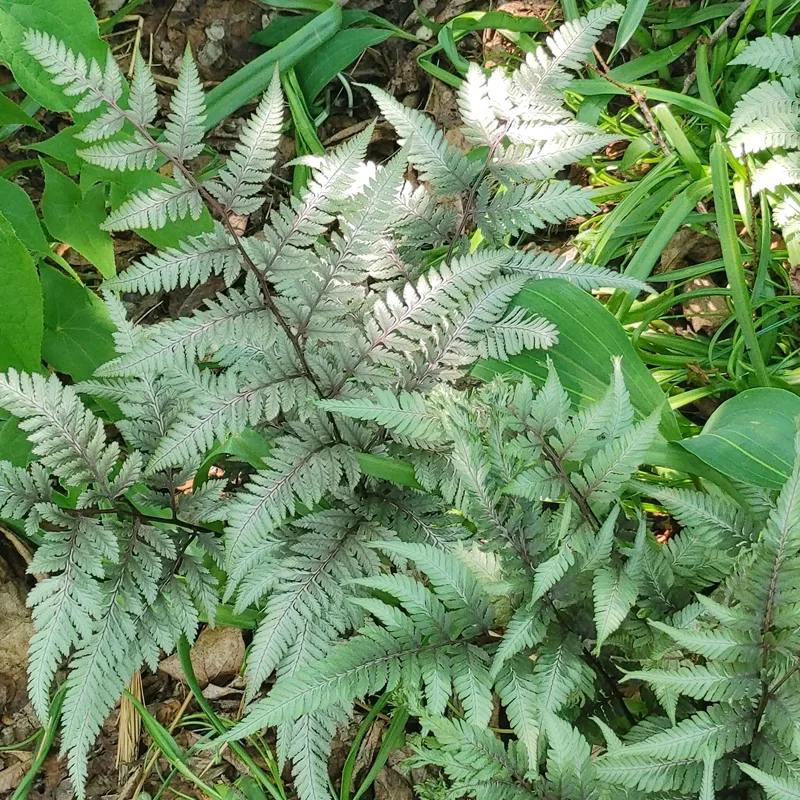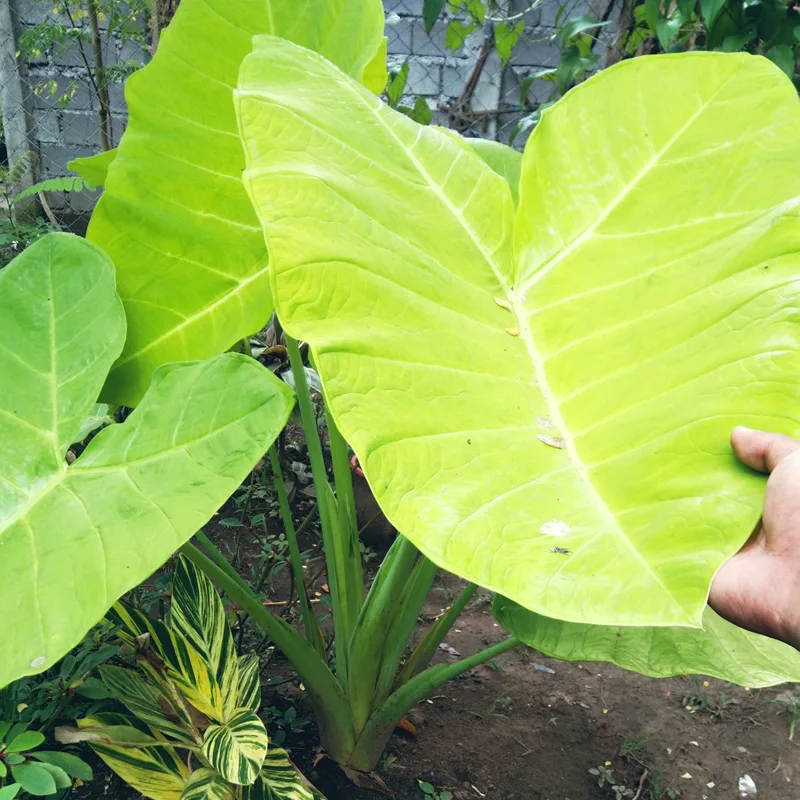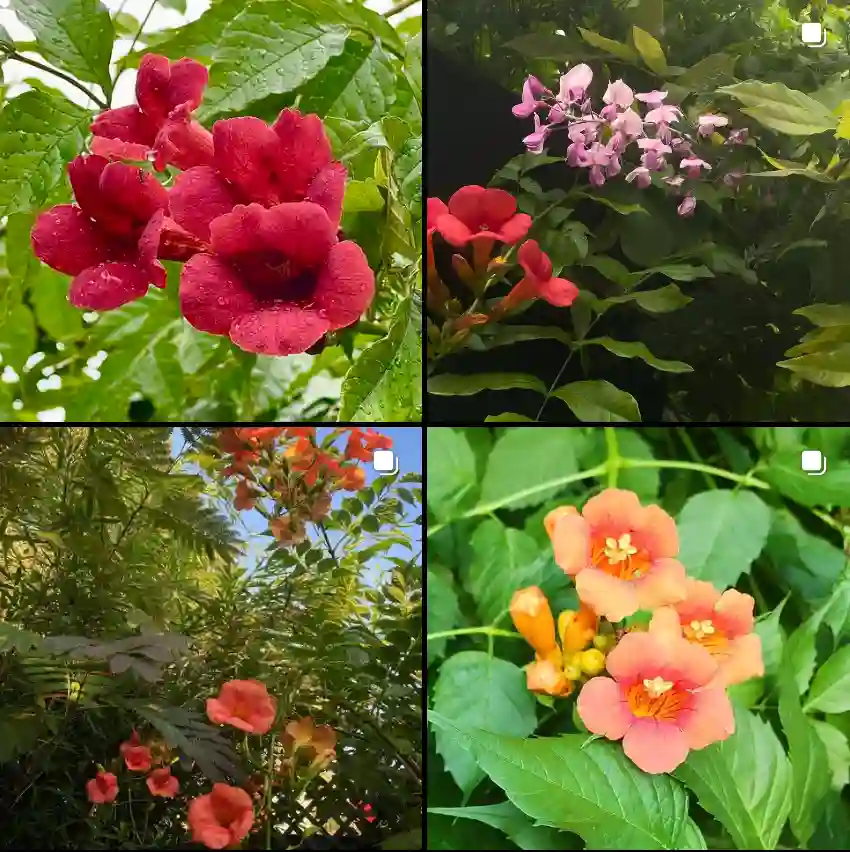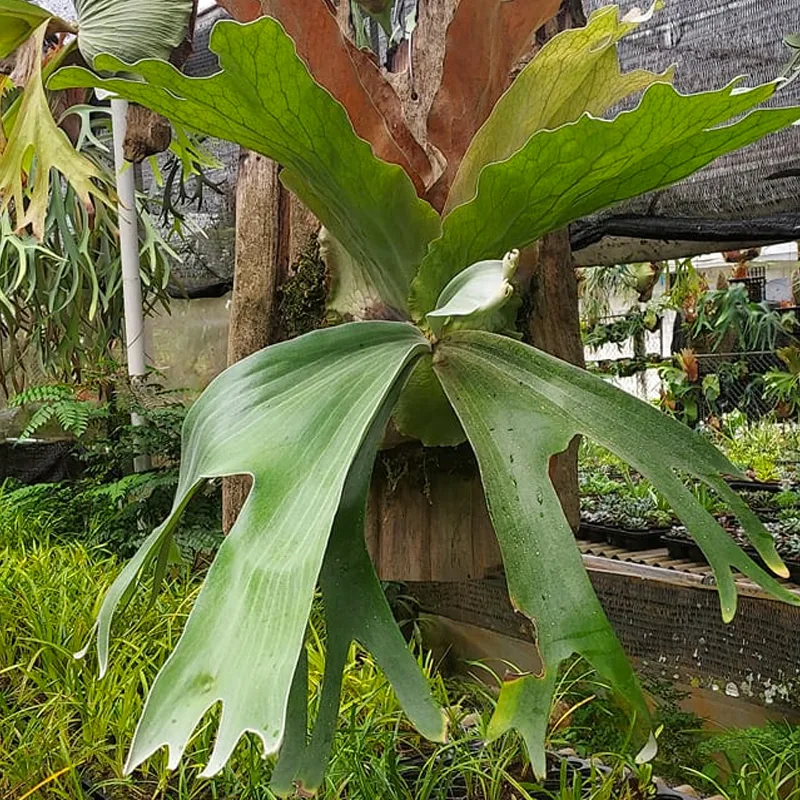
Lygodium Japonicum: The Hitchhiking Fern Hiding in Your Pine Straw
For years, I’ve been obsessed with creating beautiful landscapes. From meticulously planned flower beds to vibrant green lawns, I find immense satisfaction in transforming outdoor spaces. But recently, a hidden enemy has infiltrated my gardening haven: Lygodium japonicum, the Japanese Climbing Fern.
This seemingly delicate vine packs a deceptive punch. It’s an invasive species that smothers native plants, disrupts ecosystems, and frankly, looks like a tangled mess in your meticulously kept garden. The worst part? These unwanted guests often arrive hidden within seemingly harmless pine straw bales.
Now, before you grab your gardening gloves and declare war, let’s delve deeper into this leafy foe. Understanding how Lygodium japonicum gets into pine straw bales is the first step to keeping your garden fern-free.
How Does Lygodium Japonicum Get Into Pine Straw Bales?
The culprit behind Lygodium japonicum’s sneaky invasion is its growth pattern. This fern thrives by climbing and weaving through other vegetation. In pine forests, it can latch onto pine trees and other plants, intertwining itself with the fallen pine needles that eventually become pine straw.
During pine straw harvesting, these infested needles get raked up along with the clean ones. The fern fragments, spores, or even entire small ferns get unintentionally included in the baling process. This creates a perfect Trojan horse situation – unsuspecting gardeners purchase these bales, unknowingly introducing the invasive fern into their landscapes.
What Makes Lygodium Japonicum So Problematic?
Lygodium japonicum might appear wispy and harmless at first glance, but its delicate appearance belies its aggressive nature. Here’s why this fern is a serious threat to your garden:
- Rapid Growth: This fern is a champion sprinter in the plant world. It can quickly sprawl and climb, smothering desirable plants and creating dense mats that block sunlight and prevent other vegetation from thriving.
- Deceptive Dispersal: Lygodium japonicum reproduces through spores, which are tiny and easily carried by wind. A single fern can release thousands of spores, further expanding its territory and making eradication a challenge.
- Ecological Disruption: This invasive fern disrupts the delicate balance of native ecosystems. It outcompetes native plants for resources, impacting the entire food chain and altering the habitat for wildlife.
How to Spot Lygodium Japonicum in Your Garden?
Early detection is crucial in dealing with Lygodium japonicum. Here’s what to watch out for:
- Delicate, vine-like fronds: These fronds are typically green and have a ladder-like structure with branching leaflets.
- Climbing habit: Look for ferns that seem to be climbing trees, shrubs, or other plants.
- Rapid growth: If you notice a fern quickly spreading and smothering other vegetation, it might be Lygodium japonicum.
Taking Action: Eradicating Lygodium Japonicum from Your Garden
Unfortunately, there’s no easy solution for eliminating Lygodium japonicum once established. However, with persistence and proper methods, you can control its spread and eventually eradicate it from your garden.
- Manual Removal: This is the most effective method for small infestations. Carefully pull out the entire fern, including the underground rhizomes (root structures). Be meticulous – any missed fragments can sprout new growth.
- Herbicides: For larger infestations, consider using herbicides specifically registered for controlling Lygodium japonicum. Always follow the label instructions carefully and prioritize the safety of yourself, your pets, and beneficial insects.
- Prevention is Key: The best defense is a good offense. Inspect your pine straw bales thoroughly before using them in your garden. Look for any fern fragments or suspicious green growth. Opt for reputable suppliers who prioritize weed control in their pine forests.
By understanding Lygodium japonicum and taking proactive measures, we can protect our gardens and ecosystems from this invasive threat. Remember, a vigilant gardener is a happy gardener, and a fern-free garden is a beautiful garden.
If i die, water my plants!



